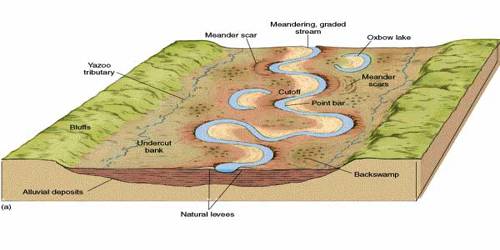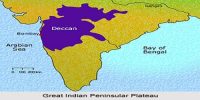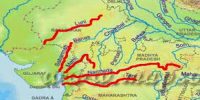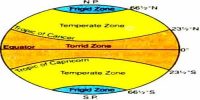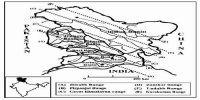Landscapes Developing in Running Water Regimes
In humid regions, which receive heavy rainfall running water is considered the most important of the geomorphic agents in bringing about the degradation of the land surface. Running water is the most powerful agent of erosion. The characteristics of each of the stages of landscapes developing in running water regimes may be summarized as follows:
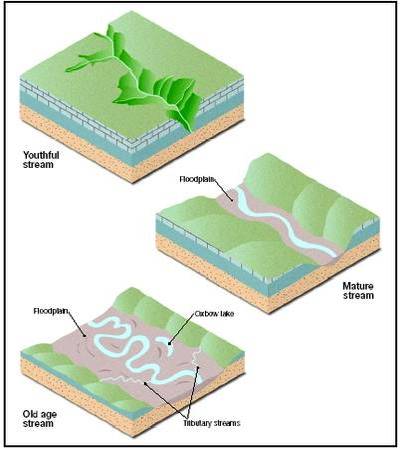
Youth
Streams are few during this stage with poor integration and flow over original slopes showing shallow V-shaped valleys with no floodplains or with very narrow floodplains along trunk streams. Streams divides are broad and flat with marshes, swamp, and lakes. Meanders if present develops over these broad upland surfaces. These meanders may eventually entrench themselves into the uplands. Waterfalls and rapids may exist where local hard rock bodies are exposed.
Mature
During this stage, streams are plenty with good integration. The valleys are still V-shaped but deep; trunk streams are broad enough to have wider floodplains within which streams may flow in meanders confined within the valley. The flat and broad inter-stream areas and swamps and marshes of youth disappear and the stream divides turn sharp. Waterfalls and rapids disappear.
Old
Smaller tributaries during old age are few with gentle gradients. Streams meander freely over vast floodplains showing natural levees, oxbow lakes, etc. Divides are broad and flat with lakes, swamps, and marshes. Most of the landscape is at or slightly above sea level.
